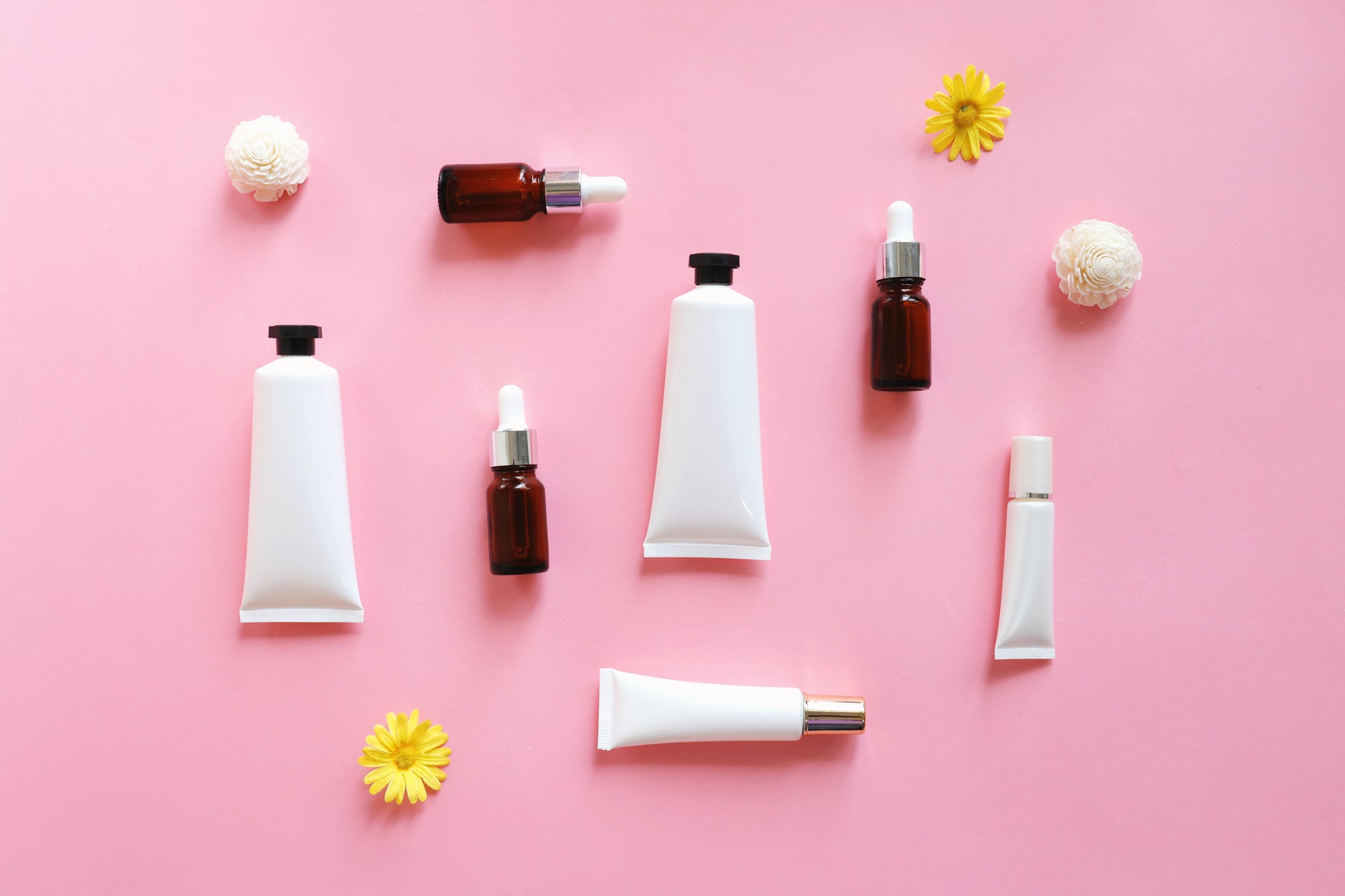

Dynamic Duos - Skincare Ingredients That Work Better Together
A few weeks ago we talked about our Top 5 Skincare Ingredients You Don’t Want to Mix. This week we’re here to tell you about the skincare ingredients we love to layer! We all want to make the most out of skincare routines - that’s why it’s important to know which ingredients work well when used together. So without further ado, here’s a few of our favorite skincare dynamic duos:
1. Vitamin C and Vitamin E
Vitamin C and vitamin E are two of the most adored antioxidants in skincare. Vitamin C promotes skin evenness and brightness, while vitamin E holds powerful hydrating and anti-inflammatory properties. On their own, each works to fight free radical damage caused by harmful pollutants and UV rays. But when used together, your skin benefits from double the antioxidant power. In fact, a study from the Linus Pauling Institute at Oregon State University found that the combination of vitamins C and E is more “effective in preventing photodamage than either vitamin alone.”
So not only does this duo combine to brighten and hydrate skin, it also provides double the protection against free radical damage, one of the primary culprits behind visible aging.
2. Vitamin C and Niacinamide
While vitamin C has been a skincare staple for a while now, the benefits of niacinamide (vitamin B3) are more recently becoming recognized. Vitamin C is well known for protecting the skin from free radical damage, as well as evening out dark spots and discoloration. Similarly, niacinamide helps to even out hyperpigmentation and discoloration. It also works to support skin barrier function, improving your skin’s hydration and brightness.
Since each ingredient provides an abundance of complimentary benefits, using them together is a great way to enhance your overall skin health. While both target signs of aging, they each have their own unique mechanisms of action, which helps you to address the issue from multiple angles.
3. AHAs and BHAs
If your skin is oily or acne prone, layering alpha hydroxy acids (AHAs) with beta hydroxy acids (BHAs) can have amazing benefits for your skin. Both acids are known for their exfoliating properties. AHAs are water-soluble, meaning they dissolve in water, and BHAs are oil soluble, dissolving only in oil. This means that, when combined, AHAs work to exfoliate the surface of your skin while BHAs can penetrate deep into your skin and remove excess sebum. This combination helps to prevent acne and leaves skin feeling rejuvenated.
But be warned, this combination isn’t for everyone. Since AHAs and BHAs are both exfoliants, combining them can cause irritation, so if your skin is prone to sensitivity or dryness, we recommend just sticking to one. But, if you want the benefits of both while avoiding potential dryness, you can also alternate between the two, using one during your morning routine and the other at night.
4. Retinol and Peptides
Retinol and peptides are a killer combo when it comes to treating dullness, wrinkles, fine lines, and all those other pesky signs of aging. Retinol works to increase collagen production and accelerate skin cell turnover. Similarly, peptides also boost collagen production, along with many other important components of the skin.
Since both work through different mechanisms of action, together they are a formidable force against aging.
Knowing complementary ingredient combos can help you achieve bigger and better benefits for your skin.
For Radiant Skin, Try Rosa Today!
Sources
Healthline: 5 Most Powerful Ingredient Combos for Your Skin | Women’s Health Magazine: What Dermatologists Want You To Know Before You Mix Skincare Ingredients | Oregon State University: Vitamin C and Skin Health | Healthline: Peptides and Your Skincare Routine | Healthline: Everything You Should Know About Niacinamide | Medical News Today: Understanding the Difference Between AHA and BHA for Skincare
